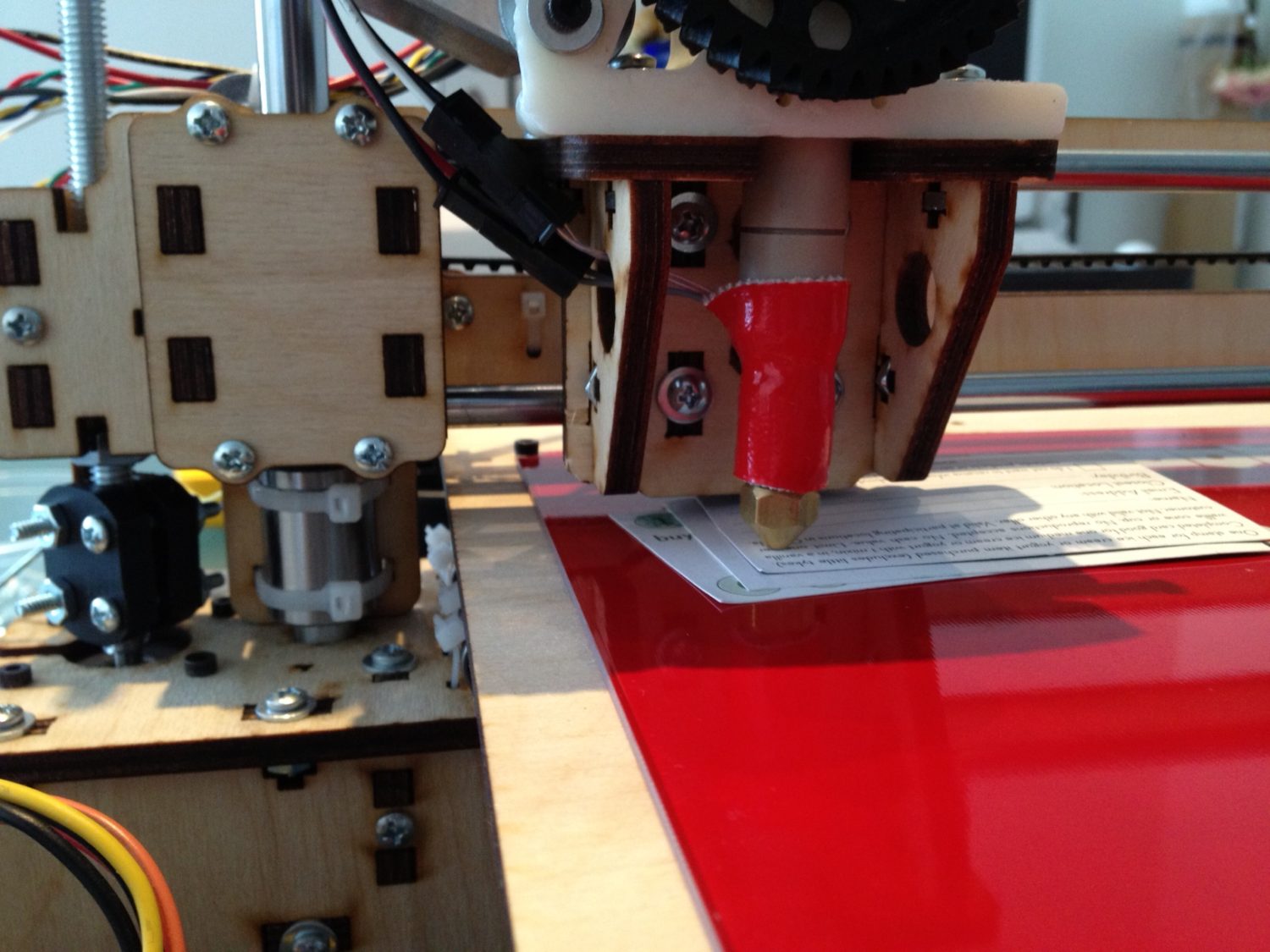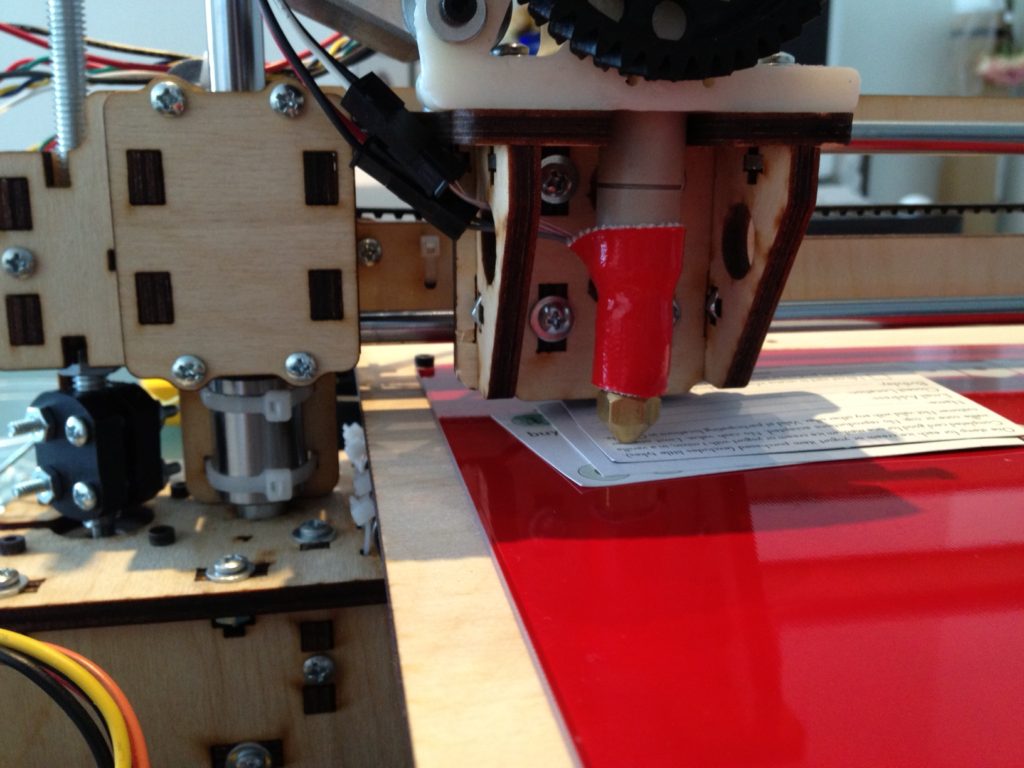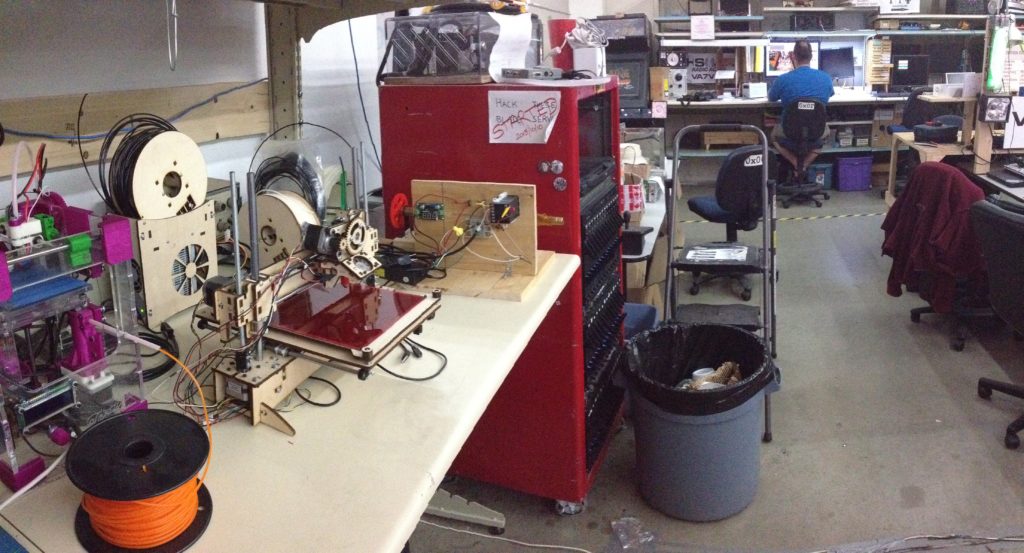
I’ve been watching the steady march of 3D printing technology for well over a decade. In the early 2000s, 3D printers mainly existed in corporate labs and academic institutions. At the Australian National University’s School of Art – where I saw my first 3D printer in action – researcher Gilbert Riedelbauch was exploring this new technology from an artist’s perspective. I can still recall my amazement at watching a computer model come to life, layer by layer.
In the years that followed, and driven by projects like the Reprap and Makerbot Cupcake, (extrusion-based) 3D printing has quickly become accessible to the individual. In 2011, I took the plunge and funded Brook Drumm’s Kickstarter for a new low-cost printer, the Printrbot. Touted as “an all-in-one 3D printer kit [that] can be assembled and printing in a couple of hours”, I was really excited about having this tool in my home.

Fast forward to last summer and the PrintrBot+ package finally arrived in Vancouver. It took a couple of evenings for my kids and I to assemble the printer, install the requisite software and start melting plastic. And melt plastic we did 
We spent quite a few hours struggling with calibration and other setup issues, quickly discovering that 3D printing required a level of dedication at odds with my desire for a Star Trek “replicator”. You see, as much as I love technology, programming, electronics, etc., I wanted a tool to make things, not a new hobby. And while we did manage to print some simple objects, we never quite got to the “push a button” ideal that would allow us to treat the printer as a reliable tool.
Last month I decided that our largely-idle printer deserved a new home. I made contact with the Vancouver Hack Space and, subject to the condition that it become a communal resource and not someone’s home printer, donated the Printrbot.

Do I feel bad about this? Sure, a little bit. Not financially. Funding a Kickstarter should always be considered speculative, more a means of helping an individual or small company bootstrap production than a way of getting an advance version of a consumer-quality product. I think Brook has done a wonderful job in bringing 3D printing to a wider audience. I fully expect great things from his nascent company. And I certainly don’t mind contributing materially to Vancouver Hack Space – maker/hacker spaces are absolutely critical to spreading a better understanding of science and technology. My disappointment is that the future I want just hasn’t quite arrived yet. Or, as William Gibson said, it’s here, it’s just not evenly distributed.
Let’s see what 3D printing looks like a decade from now …
Care to share your thoughts? Please contact us using the form below or send us an email.
No Fields Found.